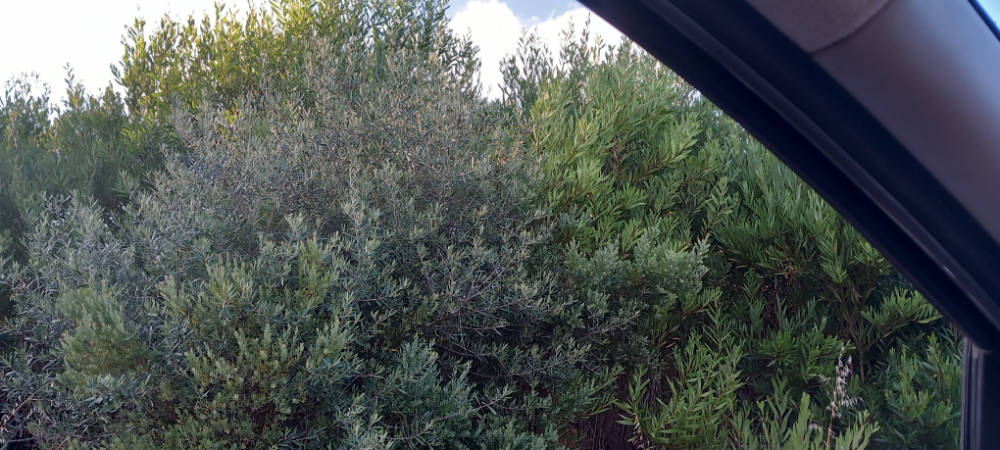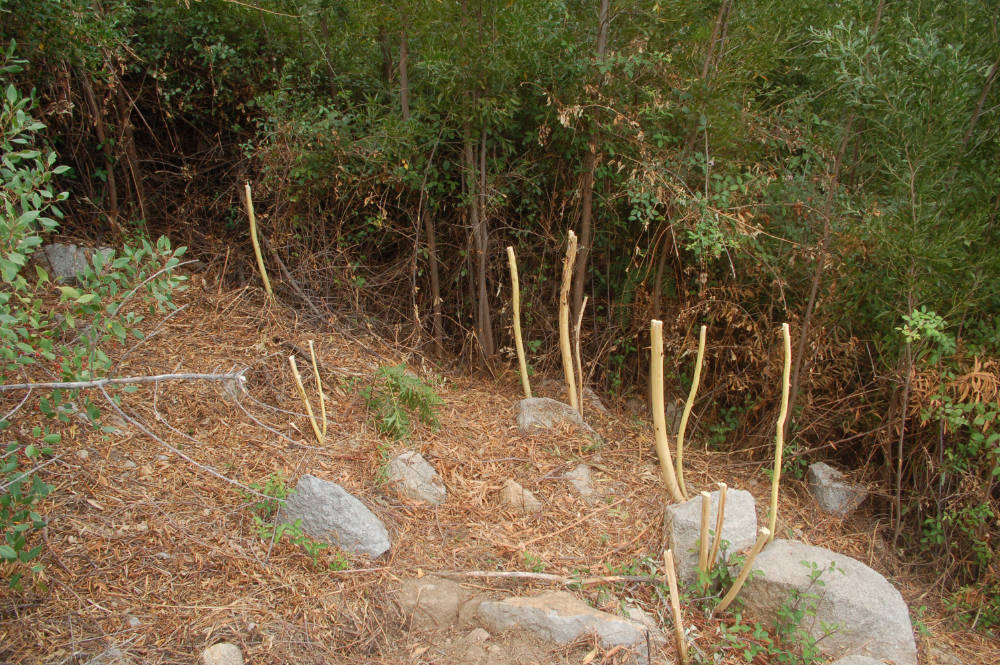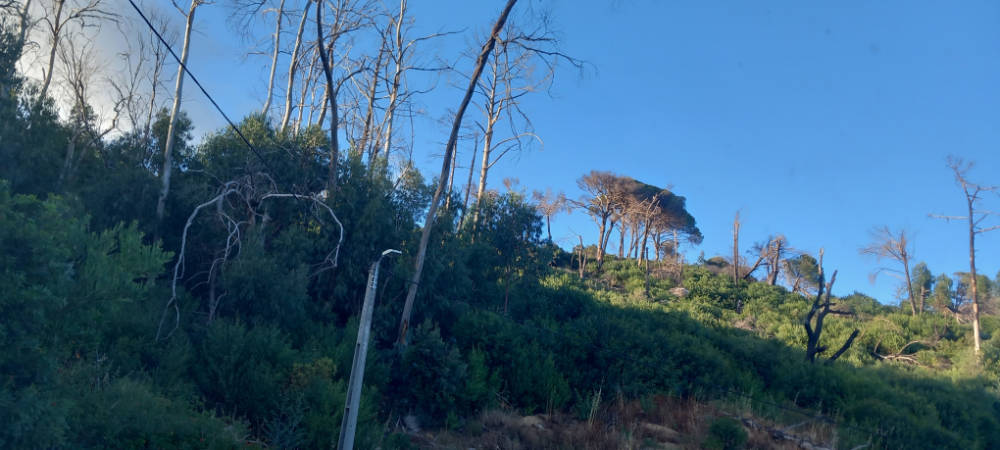Saturday 3rd June 2023.
Rural Exodus and Water Shortages.
And so it came about that on the third day Lenz walked around Monchique and back to Caldas. Like every morning, Lenz started with an intense contemplation of nature, something that formed an integral part of his study of philosophy, asking himself the question what kind of creatures trees might be? They were pumping water and nutrients across large distances up to the crowns of their branches and leaves. And not only that. They were transforming CO2 into oxygen. Why did humans disparage them the way they did? Trees were social creatures that helped each other when another tree became distressed. They spread positive energy. They shared food and information on dangers amongst themselves. Trees were plants each of which claimed their own home in their own climate zone. And if all of a sudden invaders entered their territory, what would happen then?
Studying those invaders Lenz discovered that nature would soon be completely out of kilter, including humans, who had no notion of the level of danger nature and they themselves were in. For water was slowly getting scarce. Politicians were already talking about water scarcity and rationing. The introduced Australian aliens eucalyptus and various invasive types of acacias (aka mimosas) had gone rogue and multiplied exponentially, starting to change nature for good, if nothing was done now. Those were water-intensive tree species guzzling ten times the amount of water required by native tree species in Portugal: olive, almond and fig trees, cork oaks, umbrella pines, carob trees, to name but a few. In those parts where people had abandoned their land acacias and mimosas were growing in their millions, and had already impacted plant diversity. On his hike through nature Lenz had started to study this ominous growth, gently and carefully. Honing his view through a slow and consistent approach, he took many breaks. Over the years Lenz had learned to start to understand connections and root causes. The biodiversity of an entire district was at stake here.
Apricot, peach and carob trees were in acute danger of being embraced and destroyed by the mimosas, orange and lemon trees; numerous old cherry trees and chestnuts were already dead wood. Mimosas had roots that spread both far and deep and was a species of tree growing super-fast, stealing water from all other trees. Next to acacias and mimosas multiplying like wildfire in no time at all, even young cork oaks and umbrella pines were drying out in a short amount of time. Being chopped down every year by brushcutters as happened in Monchique only seemed to encourage them even more. One cut-down acacia resulted in ten new invaders sprouting out of the ground in the way of aliens, multiplying out of control. In the Botanical Garden of Caldas de Monchique those aliens had been ripped out of the ground every day by hand with their roots. Every week at least one day was spent hunting down aliens to find and eliminate them. The other method to contain the mimosas was to allow them to stand if they couldn’t be ripped out, but peel off their bark. This made them dry out slowly. This was hard work, done by hand. Who wanted to do this, really?
Lenz used one morning to hike from Marmelete to Almarjão, then downhill through the Vale Figueiras valley past Casais to Castelo de Nave and back to Caldas de Monchique, reaching Caldas in the afternoon. In doing so he closed the loop that he’d completed on foot. Over the course of three days, his studies had led him for just under 50 kilometres through nature that had suffered multiple burns, in places being smothered by toxic green aliens. Already, brooks had no water. No government, no mayor had clocked this danger on their screens. Sitting in front of their computers, they were working their way unthinkingly through stacks of files piling up ever higher. Lenz though wanted to know which species of trees had survived the great fire of 2018 at all, and how the biodiversity was faring of this once so beautiful mountain range. Forming part of Europe’s unique protected Natura 2000 zone, it comprised some 350 km² of the Monchique district (397 km²). Yet over the course of a single generation, greed for more money, and more money still had turned the unique, still intact mixed woodlands into a dangerous forest, dominated by monocultures serving the paper industry. Many people had fled the countryside to move to the cities. And now the invaders had arrived, creating a highly explosive and combustible desert, a landscape many people had turned their backs on. The greed for ever more money had turned Monchique from the once-green water-rich lung of the Algarve to a dried-up landscape dependent on the water from Águas do Algarve now being pumped up the mountain from Faro…
 Eco123 Revista da Economia e Ecologia
Eco123 Revista da Economia e Ecologia






